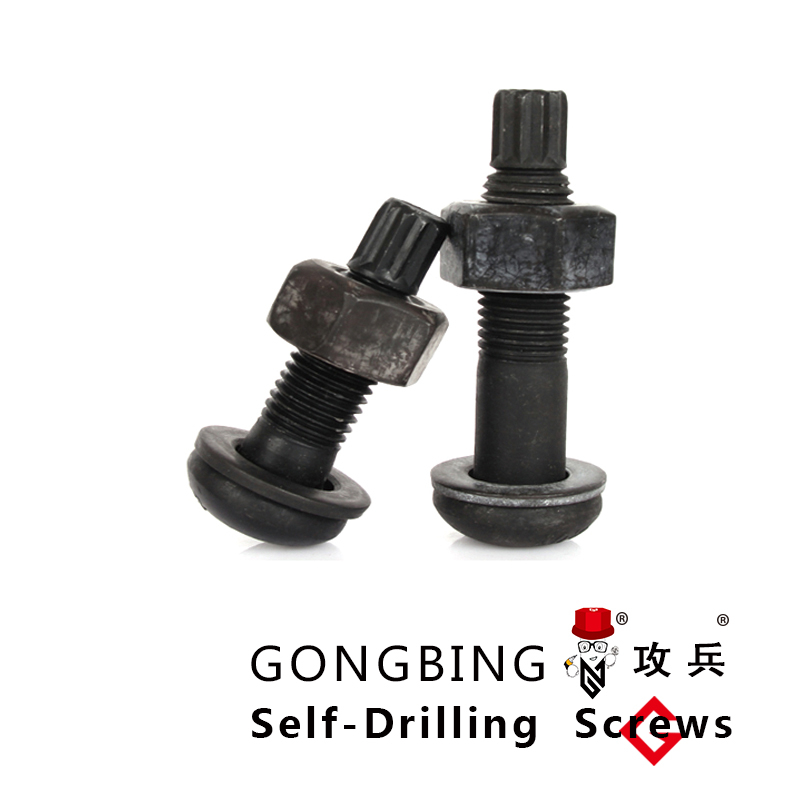Effective Bracing Techniques for Steel Stud Wall Construction and Stability
Understanding Steel Stud Wall Bracing A Key Element in Construction
In modern construction, especially in commercial and multi-family residential buildings, the use of steel studs has become increasingly common. These lightweight yet strong materials offer numerous advantages over traditional wood framing, including fire resistance, durability, and ease of installation. However, one crucial aspect often overlooked in the design and construction of steel stud walls is the bracing system. Proper bracing is essential to ensure structural stability and integrity, especially in regions prone to lateral forces such as wind and seismic activity.
Understanding Steel Stud Wall Bracing A Key Element in Construction
Diagonal bracing involves the installation of triangular braces within the stud framing, which effectively transfers lateral forces to the foundation. This method is particularly popular due to its simplicity and effectiveness. Cross-bracing, on the other hand, consists of two diagonal braces forming an 'X' shape, providing increased stiffness and strength. This approach is beneficial in areas with high wind loads or seismic risks, as it distributes forces more evenly across the wall system.
steel stud wall bracing

Shear panels are another option, typically made from plywood or oriented strand board (OSB), which are attached to the studs to create a rigid wall. This method helps to resist lateral loads by increasing the overall stiffness of the wall, making it an excellent choice for structures requiring enhanced stability.
In addition to the method chosen, it is essential to consider the installation of bracing during the planning stages. Early integration of bracing into the design allows for more efficient use of materials and labor. Furthermore, ensuring accurate measurements and adhering to relevant building codes will contribute to the overall safety and durability of the structure.
In conclusion, steel stud wall bracing is a critical component in modern construction. By understanding the various bracing methods and their applications, builders and architects can enhance the safety and longevity of their structures. As the demand for steel-framed buildings continues to grow, so does the importance of effective bracing systems, ensuring that these edifices can withstand the forces of nature while providing safe environments for occupants.
-
Weatherproof Plastic Expansion Anchors for OutdoorNewsJun.06,2025
-
Sustainability in the Supply Chain: Eco-Friendly TEK Screws ProductionNewsJun.06,2025
-
Load-Bearing Capacity of External Insulation FixingsNewsJun.06,2025
-
Double Head Bolts: Enhancing Efficiency in Industrial MachineryNewsJun.06,2025
-
Corrosion Resistance in Chipboard Screws: Coatings for Wholesale DurabilityNewsJun.06,2025
-
Butterfly Toggle Bolts : Enhancing Structural ResilienceNewsJun.06,2025
